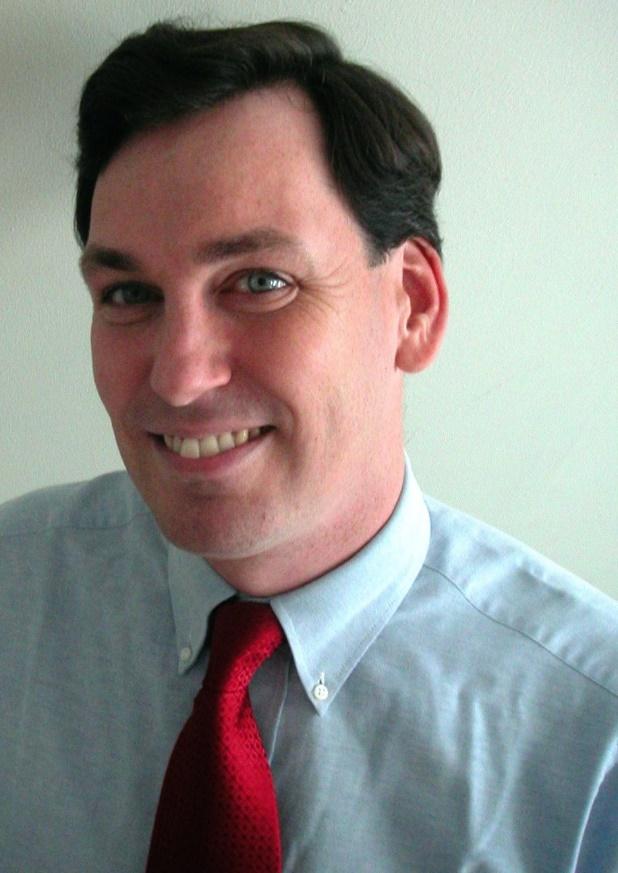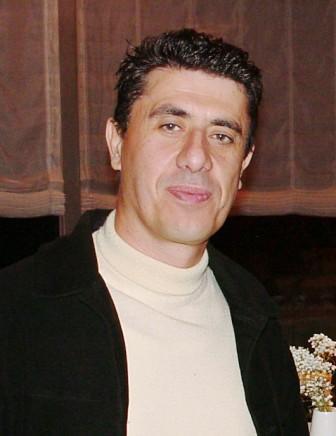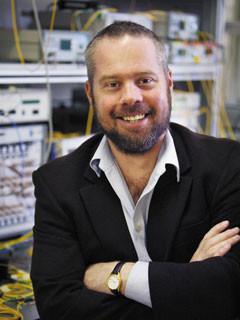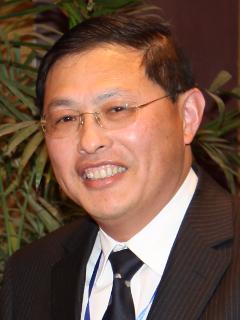 Plenary Speakers
Plenary Speakers

Dr. Peter J. Winzer
Bell Labs, USA Title: TBD Peter J. Winzer heads the Optical Transmission Systems and Networks Research Department at Bell Labs, Alcatel-Lucent, in Holmdel, NJ. He received his Ph.D. in electrical engineering from the Vienna University of Technology, Austria, in 1998. Supported by the European Space Agency (ESA), he investigated space-borne Doppler lidar and laser communications using high-sensitivity digital modulation and detection. At Bell Labs since 2000, he has focused on various aspects of high-bandwidth fiber-optic communication systems, including Raman amplification, advanced optical modulation formats and receiver concepts, digital signal processing and coding, as well as on robust network architectures for dynamic data services. He demonstrated several high-speed and high-capacity optical transmission records, including the first 100G and the first 400G electronically multiplexed optical transmission systems and the first field trial of live 100G video traffic over an existing carrier network. Since 2008 he has been investigating space-division multiplexing (SDM) and optical multiple-input-multiple-output (MIMO) as a promising option to scale optical transport systems. He has widely published and patented and is actively involved in technical and organizational tasks with the IEEE Photonics Society and the Optical Society of America (OSA), currently serving as Editor-in-Chief for the IEEE/OSA Journal of Lightwave Technology and as Technical Program Chair of the 2014 Optical Fiber Communications Conference (OFC). Dr. Winzer is a Distinguished Member of Technical Staff at Bell Labs and a Fellow of the IEEE and the OSA. |

Prof. George K. Karagianidis
Aristotle University of Thessaloniki, Greece Title: TBD Prof. George K. Karagiannidis is the Director of the Telecommunications Systems and Networks Lab, Aristotle University of Thessaloniki. His research interests are in the broad area of Digital Communications Systems with emphasis on Communications Theory, MIMO and Cooperative Communications, Optical Wireless Communications, Hardware-constrained Communications, Cloud-based Radio Access Networks, Smart Grid and Wireless Security. Dr. Karagiannidis has published and presented more than 300 papers with more than 6300 citations (h-index=45). Dr. Karagiannidis has been a member of Technical Program Committees (ICC, GLOBECOM, VTC, etc). He was Editor of the IEEE Transactions on Communications, Senior Editor of IEEE Communications Letters and EURASIP Journal of Wireless Communications & Networks, and Guest Editor of the IEEE Journal on Selected Areas in Communications. Since January 2012, he is the Editor-in-Chief of IEEE Communications Letters. Dr. Karagiannidis was a Distinguished Lecturer of the IEEE Vehicular Technology Society (VTS, 2011-2015). He is a Fellow IEEE and is one of the most highly-cited authors across all areas of Electrical Engineering, recognized in 2015 as a Thomson Reuters highly-cited researcher. |

CUDOS, University of Sydney, Australia Title: TBD Benjamin Eggleton is an ARC Laureate Fellow and Professor of Physics at the University of Sydney and Director of the ARC Centre for Ultrahigh-Bandwidth Devices for Optical Systems (CUDOS). In 1996, he joined Bell Laboratories, Lucent Technologies as a Postdoctoral Member of Staff, and in 2000, he was promoted to Research Director within the Specialty Fiber Business Division of Bell Laboratories, where he was engaged in forward-looking research supporting Lucent Technologies business in optical fiber devices. Eggleton has made pioneering contributions to nonlinear optics and all-optical signal processing with recent breakthrough achievements in the nonlinear optics of periodic media, slow-light in photonic crystals and ultrafast planar waveguide nonlinear optics. His research into new classes of nonlinear waveguides has created a new paradigm for photonic chip based ultrafast optical signal processing and his group holds various world records. He is the author or coauthor of more than 390 journal publications with over 13,000 citations and over 150 invited presentations. Prof. Eggleton is a Fellow of the Optical Society of America, IEEE and the Australian Academy of Technological Sciences and Engineering (ATSE). He was President of the Australian Optical Society and is currently Editor-in-Chief for Optics Communications. |

Prof. Min Gu
Swinburne University of Technology, Australia Title: TBD (Dedicated speaker for Photonics Forum of ChiaoTung Universities) Min Gu is a Laureate Fellow of the Australian Research Council as well as is Pro Vice-Chancellor (Research Capacity), Director of the Centre for Micro-Photonics and University Distinguished Professor at Swinburne University of Technology. He is a sole author of two standard reference books and has over 400 publications in nano/biophotonics. He is an elected Fellow of the Australian Academy of Science as well as the Australian Academy of Technological Sciences and Engineering. He is also an elected fellow of the AIP, the OSA, the SPIE, the InstP, and the IEEE. He was President of the International Society of Optics within Life Sciences, Vice President of the Bureau of the International Commission for Optics (ICO) (Chair of the ICO Prize Committee) and a Director of the Board of the Optical Society of America (Chair of the International Council). He served on the Young Scientist Prize Committee in Optics of the International Union of Pure and Applied Physics. He was awarded the Einstein Professorship (Chinese Academy of Science, 2010) and the W. H. (Beattie) Steel Medal of the Australian Optical Society (2011). He was the recipient of the 2014 Ian Wark Medal and Lecture of the Australian Academy of Science. |
